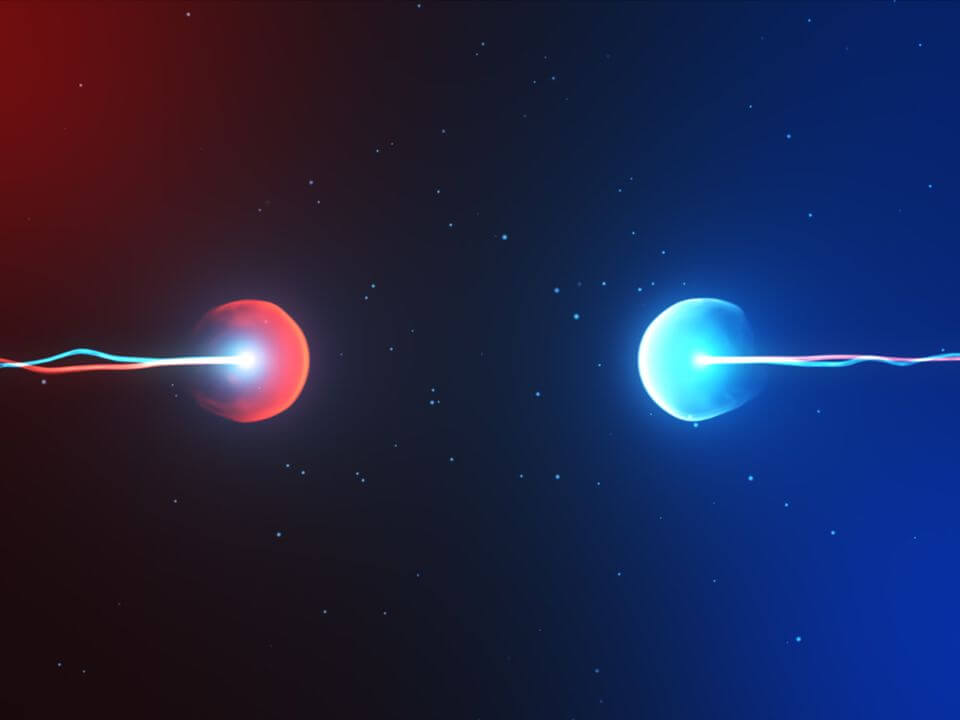Is it possible to create an artificial black hole?
It is possible to create an artificial black hole. This was demonstrated by physicists in Israel who created a lab-grown, analogue black hole using some thousand atoms. This faux black hole exhibited all properties of a black hole in the state in which it is believed to exist in space.

What is an Artificial Black Hole?
An artificial black hole is a hypothetical compact region of space that has a gravitational field so strong that nothing, not even electromagnetic radiation, can escape from it. The idea was first proposed by John Archibald Wheeler in 1967 as a way to explain certain features of quasars, and later developed further by Stephen Hawking. In recent years there has been increasing interest in the possibility of creating artificial black holes in laboratories.

How to create an artificial black hole?
One way to create an artificial black hole would be with a particle accelerator such as the Large Hadron Collider. By colliding particles together at extremely high energies, it might be possible to create a tiny black hole. However, this would likely be very unstable and would quickly evaporate due to Hawking radiation.

The key to creating an artificial black hole is to generate a gravitational field that is powerful enough to trap light. This can be done by firing two laser beams at each other with extremely high precision. The resulting collision creates a brief burst of energy that forms a miniaturized “black hole.” While this black hole only lasts for a fraction of a second, it may still provide insight into the nature of real black holes and how they are formed in space.

🔬 Subscribe to SciMail
Get the latest science discoveries straight to your inbox!
Another proposal involves using a laser beam to collapse matter into a small point known as an optical black hole. This has been demonstrated in the laboratory with small amounts of matter; however it is not clear if this could work on the scale necessary to create an artificial black hole large enough to be useful for any applications.
Another way would be to use exotic matter, such as negative mass particles, to create an artificial black hole.
It is also worth noting that both of these methods involve creating conditions similar to those found near the event horizon of a natural black hole; thus they may carry some inherent risks.
Applications of Artificial Black Holes
While scientists are still working out all the details, there are many potential applications for artificial black holes. For example, they could be used as highly sensitive detectors of gravitational waves or as probes of quantum gravity effects near the event horizon (the point beyond which nothing can escape from a real black hole).
There are several reasons why creating an artificial black hole might be desirable. One is that they could be used to generate energy. By falling into an artificial black hole, matter would be compressed to extremely high densities and release huge amounts of energy. This could potentially be harnessed as a power source.

What if we created a black hole?
- One major concern would be if anything could get trapped inside forever including things like energy or information.
- Another worry would be if two Black Holes were created close enough together they could potentially merge back into one larger Black Hole or cause some other unforeseen chain reaction leading who knows where.
- And lastly there is always the possibility something could go wrong during creation dooming everyone and everything involved

Can you create a black hole with sound?



Leave a Reply